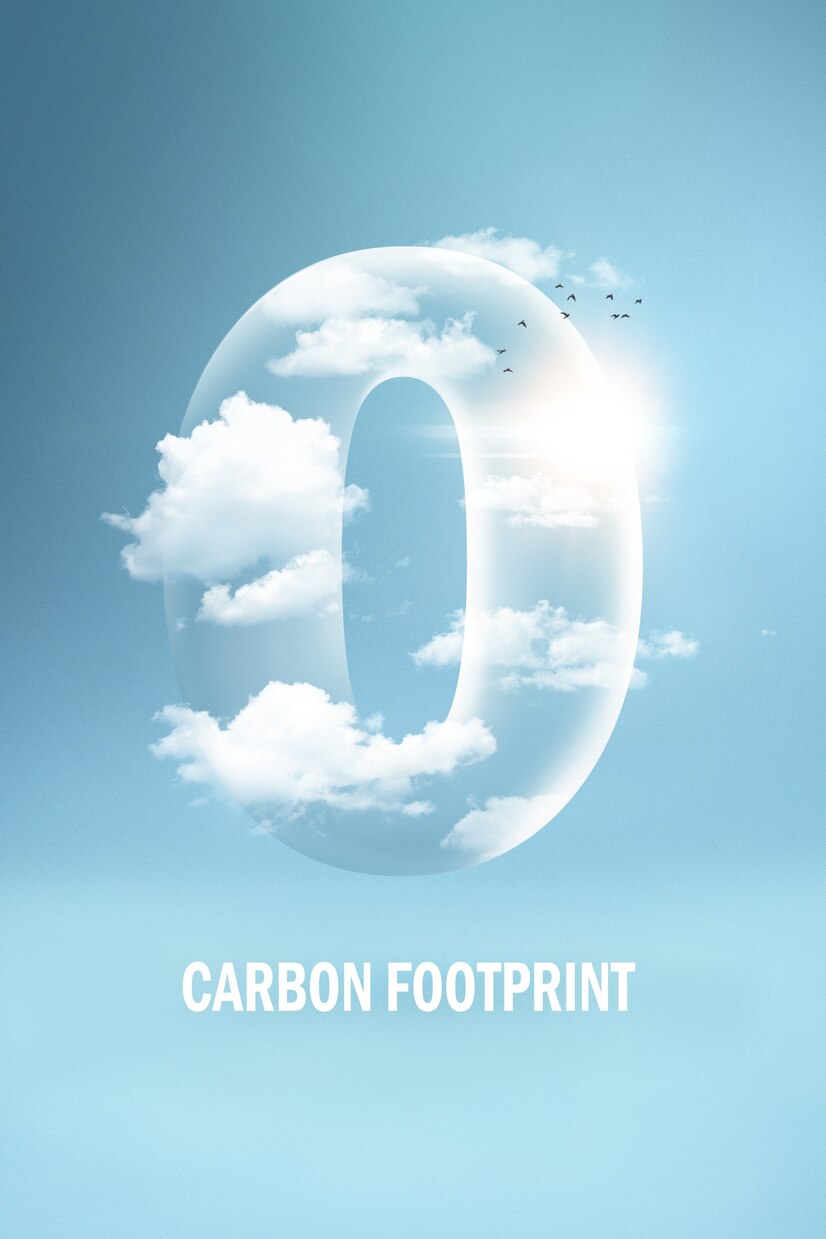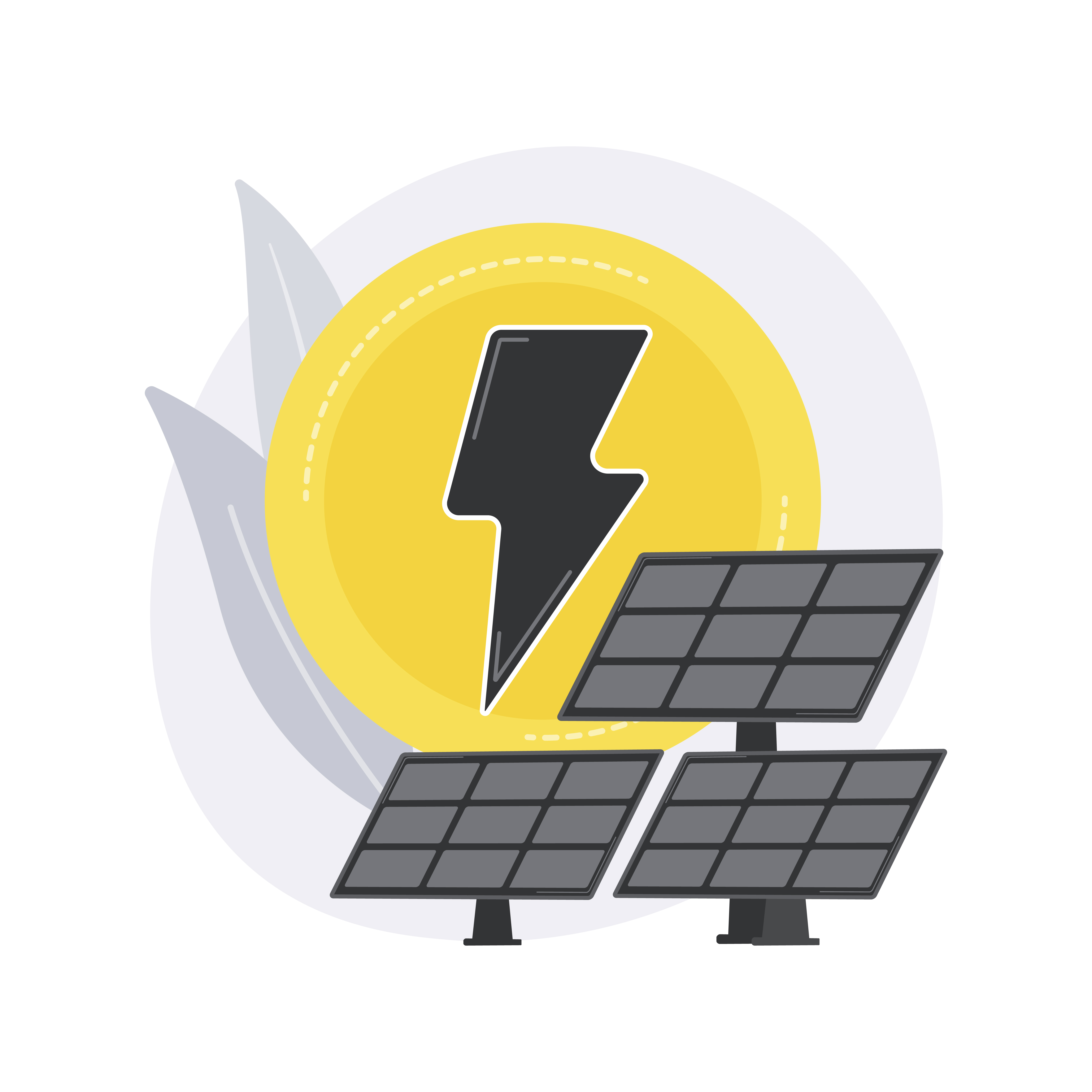Kenya currently ranks as the 7th largest geothermal power user, with plans to nearly double its capacity by 2030. Upon the successful completion of these projects, Kenya is to ascend to the rank of the fourth-largest geothermal power producer globally. Considering this, we will be delving into the Kenyan government’s ambition and strategy, key projects, and key players in the country. It will also shed light on the challenges of deploying this energy source.
Vision:
Kenya aims to diversify its energy mix by expanding geothermal energy production. By doing so, it reduces its reliance on fossil fuels and mitigates the risks associated with energy security and price fluctuations. For instance, it plans to increase the share of geothermal power in electricity generation with efforts to reach 5,000 megawatt capacity by 2030.
Geothermal power projects are pivotal in extending access to electricity to more of the population, particularly in remote and rural areas. Additionally, the baseload nature of geothermal energy enhances grid stability and reliability. Geothermal ambitions extend beyond its borders, with plans to export surplus geothermal power to neighbouring countries, further strengthening its position as a regional energy hub.
New and Upcoming Geothermal Power Plants:
- Suswa Geothermal Power Plant, located in Nairobi, is at the permitting stage right now and will be developed in multiple phases. Construction is to start in 2024, and operations are to commence in 2025. Geothermal Development owns and is responsible for the project, which boasts a 300-megawatt capacity.
- Menangai Geothermal Power Plant, located in Nakuru County, is under construction by Globeleq, which started in June 2023. It is the second plant out of three, with a planned start of operations in 2025 and a capacity of 35 megawatts. Upon the completion of the plants, their combined capacity will total 105 megawatts.
- The
- Baringo Silali Geothermal Power Plant is located in Baringo and is owned and currently under development by the Geothermal Development Company. It is to enter commercial operations in 2025 with a 300-megawatt capacity.
- Longonot Geothermal Power Plant is in Nakuru County. It is owned and developed by Africa Geothermal International. It is at the permitting stage and expected to begin commercial operations in 2025 with a 140-megawatt capacity.
- Olkaria V Geothermal Power Plant is in the Greater Olkaria Geothermal Area in Nakuru County. Kenya Electricity Generation Company owns and operates the plant. Construction began in April 2017, and the project reached completion in July 2019, with a total investment of $669 million and a generating capacity of 165 megawatts.
Top Operators:
- Geothermal Development Company, based in Nairobi, was founded in 2008. It is a state-owned entity responsible for building geothermal power plants and selling geothermal energy to utilities for providing electricity.
- Akiira Geothermal, based in Nairobi, was founded in 2014. It is an electricity generation company. It owns and operates Akiira One Geothermal Power Station.
- Oluswa Energy, based in Nairobi, was founded in 2009. It is one of the independent power producers which is investing in building geothermal power capacity in the country.
- Sosian Energy, based in Nairobi, was founded in 2012. An energy project development company focused on building clean, efficient energy solutions.
- Trustus Energy, based in Nairobi, was founded in 2016. They provide construction and consultation services to companies operating in the solar, wind and geothermal energy sectors.
Challenges:
- The primary concern is the substantial financial risk associated with geothermal energy development. For instance, the exploration and power-plant infrastructure costs are usually high.
- The second obstacle is that it comes in conflict with other uses. As an illustration, members of the Maasai community raise concerns that their perspectives and interests may not receive due consideration when these projects are approved.
- The third issue revolves around the environmental considerations associated with building geothermal power plants, as it necessitates the maintenance of groundwater reservoirs and the prevention of pollution. Such issues raise the cost of developing projects and thereby hinder growth.
Conclusion:
Kenya’s geothermal ambitions are driving a sustainable energy transformation. As the 8th largest global geothermal power user, Kenya aims to nearly double its capacity by 2030, propelling it to fourth place worldwide. This vision reduces fossil fuel reliance, enhances energy security, and supports grid stability. Key projects, such as the Suswa, Menangai, Baringo Silali, Longonot, and Olkaria V Geothermal Power Plants, exemplify Kenya’s commitment to expanding access to clean energy. International energy exports bolster its regional influence. However, financial risks, community conflicts, and environmental concerns pose challenges. Resolving these issues is crucial for realizing Kenya’s geothermal potential, ensuring a cleaner and prosperous future.
End Notes
https://www.reuters.com/markets/commodities/kenya-steps-up-global-geothermal-powerhouse-2023-10-05/
https://www.thinkgeoenergy.com/35-mw-menengai-geothermal-power-plant-kenya-starts-grid-supply/
https://www.thinkgeoenergy.com/ppp-mechanism-key-to-geothermal-development-in-kenya/
https://www.sei.org/publications/risky-business-developing-geothermal-power-kenya/
https://climate-diplomacy.org/magazine/geothermal-expansion-and-maasai-land-conflicts-kenya
https://www.nsenergybusiness.com/projects/olkaria-v-geothermal-power-project/
https://www.globaldata.com/store/report/baringo-silali-geothermal-power-plant-profile-snapshot/





